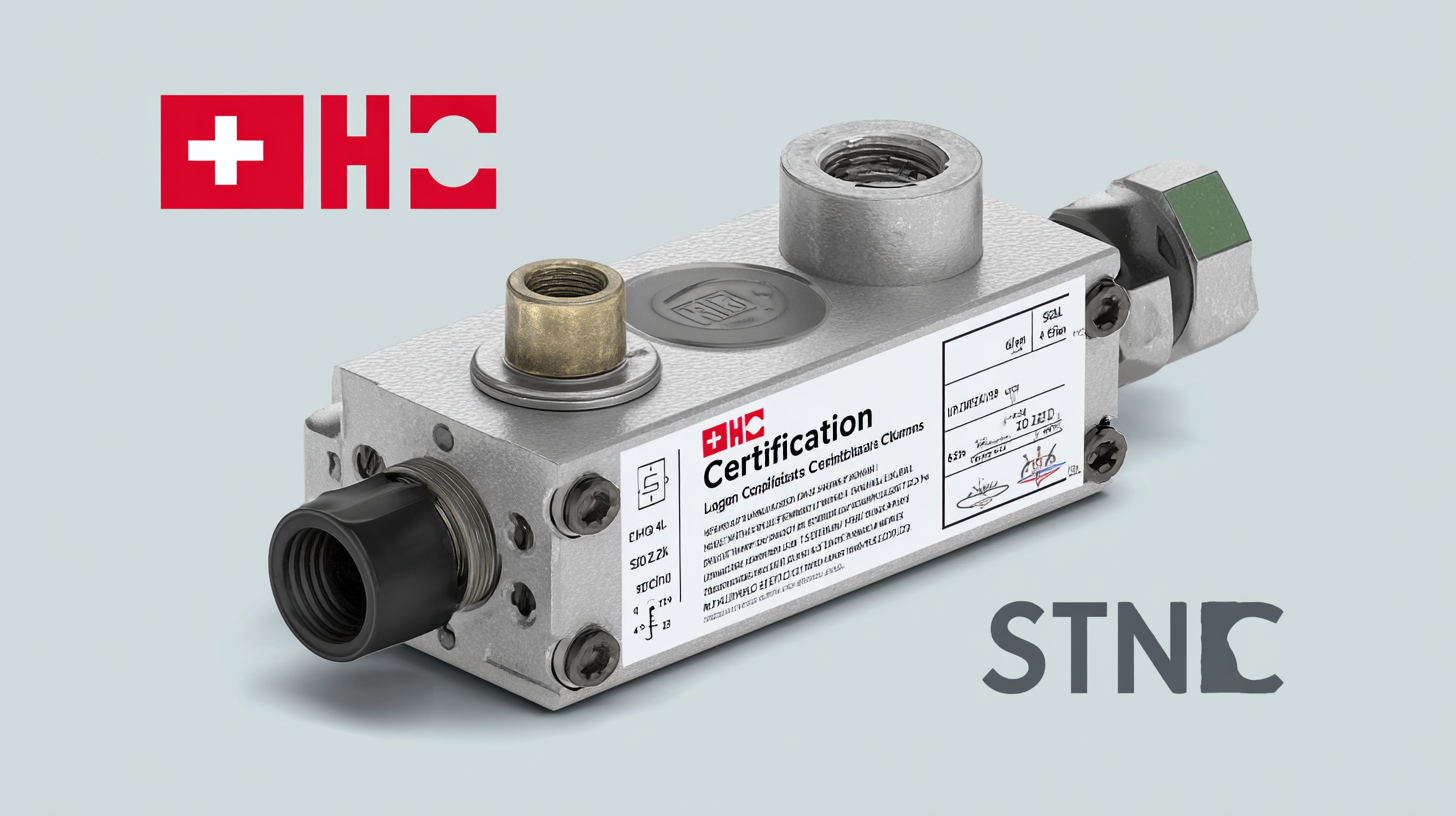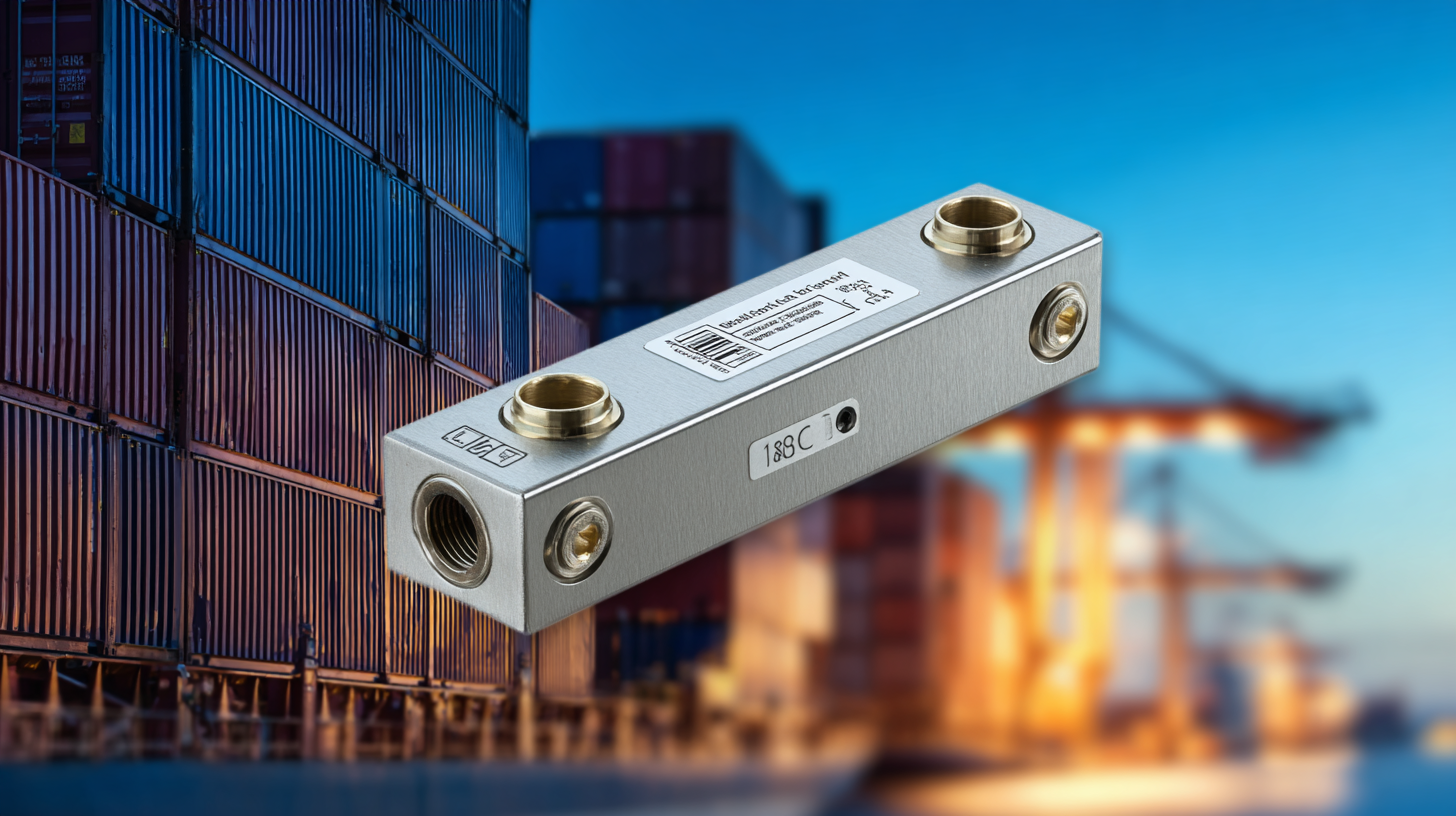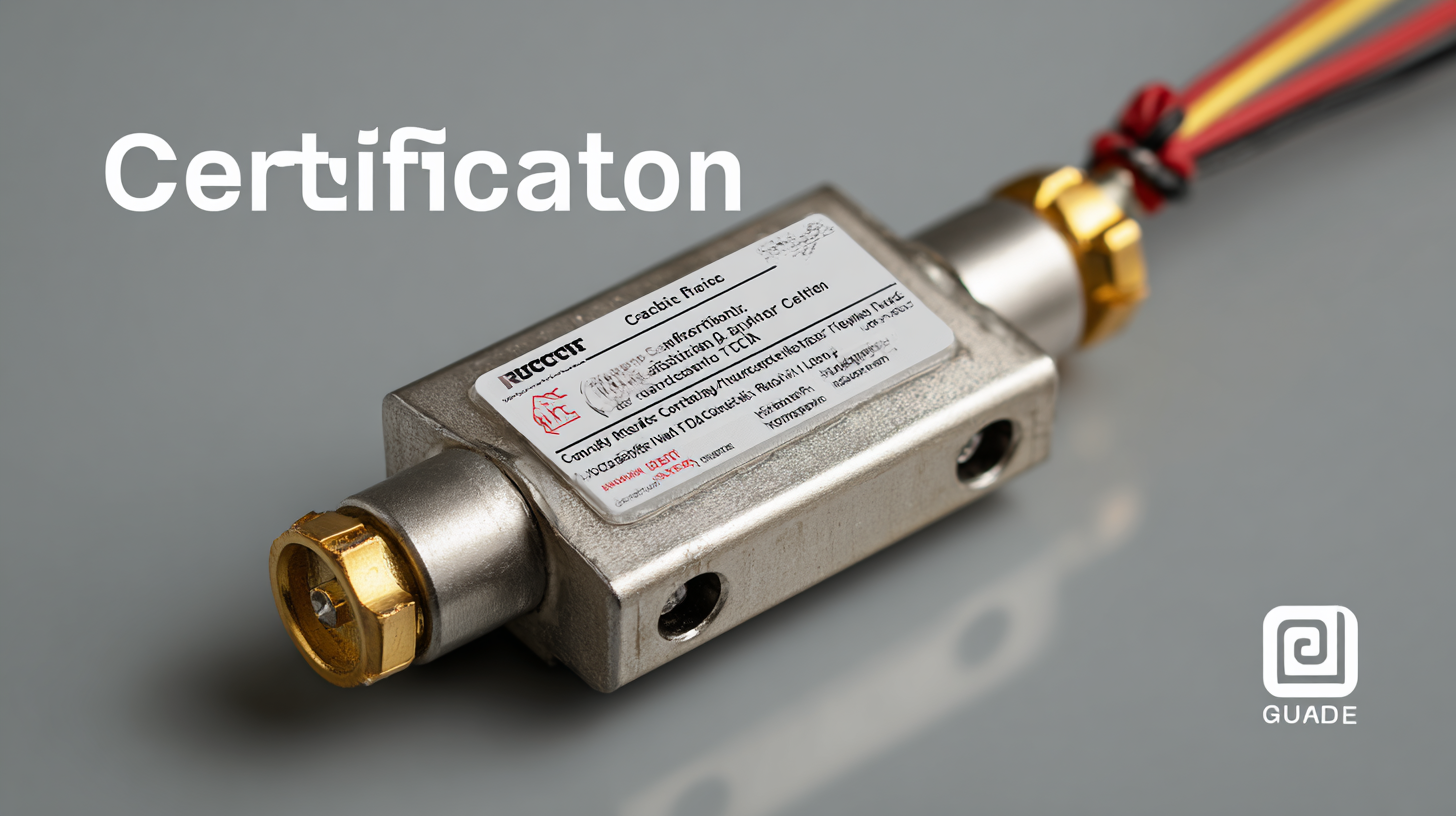 info@loadcellsensor.com
info@loadcellsensor.com

Understanding Import Export Certifications for Best Thin Load Cells with a Comprehensive Tutorial Guide
In today's global market, the significance of robust import-export certifications has become paramount, particularly for specialized components like Thin Load Cells. According to industry reports from MarketsandMarkets, the load cell market is projected to grow from USD 3.7 billion in 2022 to USD 5.4 billion by 2027, highlighting the escalating demand for precision measurement devices across various sectors.
 Thin Load Cells, known for their compact size and high accuracy, are at the forefront of this market transformation. However, navigating the complexities of certification processes is critical for manufacturers and exporters to ensure compliance with international standards and to facilitate smooth cross-border transactions. This comprehensive tutorial guide aims to provide in-depth insights into the essential import-export certifications needed for Thin Load Cells, equipping stakeholders with the knowledge required to thrive in an increasingly competitive landscape.
Thin Load Cells, known for their compact size and high accuracy, are at the forefront of this market transformation. However, navigating the complexities of certification processes is critical for manufacturers and exporters to ensure compliance with international standards and to facilitate smooth cross-border transactions. This comprehensive tutorial guide aims to provide in-depth insights into the essential import-export certifications needed for Thin Load Cells, equipping stakeholders with the knowledge required to thrive in an increasingly competitive landscape.
Understanding Import Export Certifications: An Overview of Their Importance in Trade
 Import export certifications play a crucial role in facilitating international trade by ensuring that products meet specific standards and regulations required by various countries. These certifications act as a testament to the quality and safety of goods, providing assurance to consumers and businesses alike. For industries dealing with precision instruments like thin load cells, having the right certifications can significantly impact market accessibility and competitiveness. Understanding the nuances of these certifications can help businesses navigate the complex landscape of global trade more effectively.
Import export certifications play a crucial role in facilitating international trade by ensuring that products meet specific standards and regulations required by various countries. These certifications act as a testament to the quality and safety of goods, providing assurance to consumers and businesses alike. For industries dealing with precision instruments like thin load cells, having the right certifications can significantly impact market accessibility and competitiveness. Understanding the nuances of these certifications can help businesses navigate the complex landscape of global trade more effectively.
Furthermore, complying with import export certification requirements can also prevent costly delays and rejections at borders. When manufacturers and exporters understand the importance of proper documentation and compliance with international standards, they increase their chances of a smoother transaction process. By focusing on obtaining the necessary certifications, businesses can build trust with foreign partners and clients, thus enhancing their reputation and establishing long-term relationships. In a constantly evolving global marketplace, staying informed about certification requirements not only protects companies from legal repercussions but also opens new avenues for growth and expansion.
Key Import Export Certifications for the Best Thin Load Cells: A Detailed Breakdown
When it comes to importing and exporting thin load cells, understanding the necessary certifications is crucial for ensuring compliance and maintaining product quality. The market for load cells is competitive, and adhering to regulations not only builds credibility but also enhances customer trust. Certifications such as ISO 9001 for quality management systems and CE marking for compliance with European health and safety standards are essential for manufacturers. These credentials help demonstrate that the load cells meet international safety and performance criteria, which is vital for both domestic and international sales.
In addition to ISO and CE, other certifications like UL (Underwriters Laboratories) and RoHS (Restriction of Hazardous Substances) play significant roles in the trade of thin load cells. UL certification is particularly important for ensuring electrical safety, while RoHS compliance reflects a commitment to environmental sustainability by restricting harmful substances. Navigating the certification process can be complex, but it is imperative for businesses aiming to compete in the global market. Understanding these certifications not only differentiates a product but also assures customers of its reliability and effectiveness in various applications.
Understanding Import Export Certifications for Best Thin Load Cells
| Certification Type | Issuing Authority | Applicable Regions | Description |
|---|---|---|---|
| ISO 9001 | International Organization for Standardization | Global | Quality management systems certification ensuring consistent quality of products and services. |
| CE Marking | European Commission | European Union | Indicates conformity with health, safety, and environmental protection standards for products sold within the EU. |
| FCC Certification | Federal Communications Commission | United States | Ensures that electronic products meet established limits for radio frequency emissions. |
| RoHS Compliance | European Union | European Union | Restricts the use of specific hazardous materials found in electrical and electronic products. |
| UL Certification | Underwriters Laboratories | North America | Determines product safety, including electric, fire, and mechanical hazards. |
Step-by-Step Guide to Obtaining Certifications for Thin Load Cells
When it comes to importing and exporting thin load cells, obtaining the necessary certifications is crucial for compliance with international standards. This step-by-step guide will walk you through the process of securing these certifications, ensuring that your load cells meet all regulatory requirements and can be sold in various markets. The first step involves understanding the specific certifications needed, which may vary based on the target country or region. Common certifications include CE marking, RoHS compliance, and ISO standards, each serving as a testament to the quality and safety of your product.
Once you have identified the required certifications, the next phase is preparation. This includes gathering all necessary documentation, such as technical specifications and quality control processes, to demonstrate that your thin load cells are manufactured according to the required standards. Engaging with accredited testing laboratories and certification bodies during this stage can facilitate a smoother process. Following successful testing and validation, be prepared to submit your application for certification, which may require additional inspections or submissions to confirm your compliance. By following these structured steps, you can streamline the certification process and enhance the market readiness of your thin load cells.
Common Challenges in Import Export Certification Processes and How to Overcome Them
Navigating the complexities of import-export certification processes can present several challenges, particularly for companies dealing with thin load cells. One common issue is the constantly changing regulatory landscape. Differing requirements across countries can lead to confusion and delays. To overcome this, businesses should invest in keeping abreast of the latest regulations through dedicated training or by collaborating with import-export consultants who specialize in certification processes.
Another significant challenge is the complexity of documentation. Import-export certifications often require a plethora of documents, which can be overwhelming. Many companies struggle with maintaining accurate and comprehensive documentation, leading to potential compliance issues. To address this, organizations can implement systematic documentation practices, utilizing checklists and digital management systems to streamline the process. Regular audits of existing documentation can further ensure completeness and accuracy, ultimately facilitating smoother certification processes.

Future Trends in Import Export Certifications for the Load Cell Industry
As the load cell industry evolves, so too do the import and export certification requirements that govern it. With an increasing focus on quality and safety standards globally, companies must stay ahead of new regulations that are shaping how load cells are manufactured and traded. The push for enhanced data integrity and the traceability of materials calls for stricter compliance measures. As a result, businesses engaged in importing and exporting load cells will need to invest in understanding and obtaining the proper certifications to ensure their products are accepted in various markets.
Future trends indicate that digitalization will play a significant role in streamlining the certification process. Technologies such as blockchain and IoT are expected to enhance transparency, allowing for real-time tracking of certification statuses and compliance documentation. Additionally, as sustainability becomes a priority, certifications that address environmental impact and ethical sourcing are likely to gain prominence. Companies that proactively adapt to these trends will not only meet regulatory requirements but also gain a competitive edge in the increasingly interconnected global marketplace. Keeping abreast of these changes will be crucial for stakeholders looking to thrive in the load cell industry.

